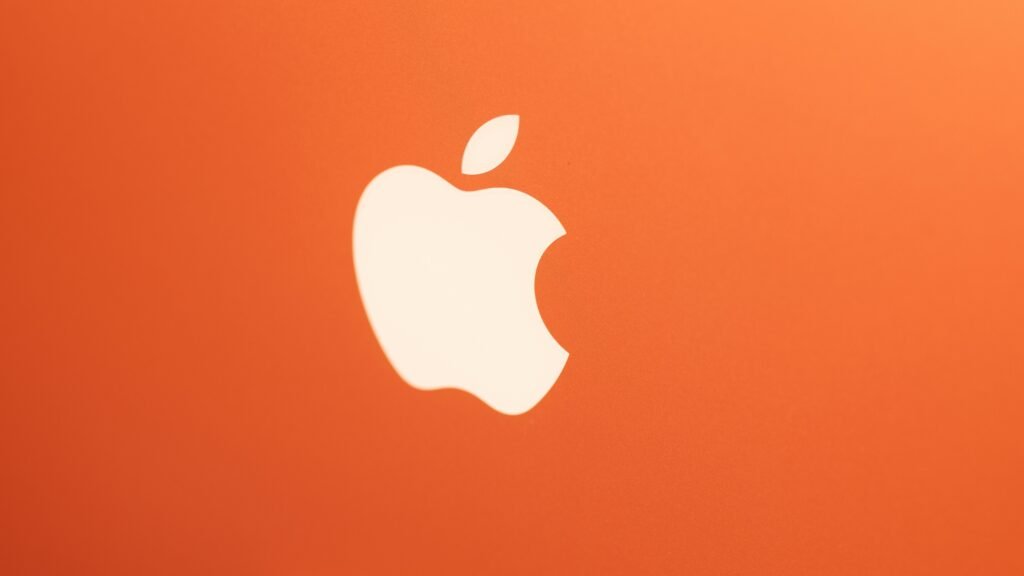In today’s crowded market, your business needs more than just a great-looking logo to stand out. While a logo may be the most recognizable symbol of your brand, it’s only one part of a much bigger picture—your brand identity. If you want to build customer trust, create consistency, and drive long-term growth, understanding the difference between a logo and a brand identity is essential.
In this article, we’ll break down what a logo really is, what brand identity includes, why the distinction matters, and why your business needs both for effective branding success.
1. What Is a Logo?

A logo is a visual symbol that represents your business. It’s often the first thing people notice and remember about your brand. A well-designed logo builds recognition, sets the tone for your company, and communicates professionalism at a glance.
Key Characteristics of an Effective Logo:
- Simple – Easy to identify and remember
- Relevant – Reflects your business values and industry
- Scalable – Looks good on everything from business cards to billboards
- Timeless – Stands the test of time
- Unique – Distinct from competitors
A great logo plays a powerful role in your brand’s identity—but by itself, it can only go so far. That’s where brand identity comes in.
2. What Is Brand Identity?

Brand identity is the complete visual and emotional expression of your brand. It’s how your business presents itself to the world—not just through a logo, but through color palettes, typography, imagery, voice, and more. It shapes how your customers feel about you and what they associate with your business.
Core Elements of Brand Identity:
- Logo System – Main logo, icon, and logo variations
- Color Palette – Primary and secondary brand colors
- Typography – Consistent fonts and font styles
- Imagery & Graphics – Photography, illustrations, icons
- Voice & Tone – How your brand communicates in words
- Brand Guidelines – Rules to ensure consistency across all platforms
Your brand identity is the toolkit that ensures every part of your brand—website, packaging, social media, and more—looks and feels like you.
3. Why the Difference Matters, Between Logo and Brand Identity

Understanding the difference between a logo and brand identity helps you avoid costly branding mistakes. Many businesses assume a logo alone is enough. But without a consistent identity system, your brand risks being forgettable or confusing.
Here’s why it matters:
- Recognition vs. Relationship
A logo creates recognition, but a brand identity builds relationships by connecting emotionally with your audience. - Consistency Builds Trust
Customers trust brands that look and sound consistent across all touchpoints. Without a clear identity, your message gets diluted. - Better Marketing Performance
A strong identity improves how you show up in ads, on social media, and in content—giving you a better return on investment. - Clarity for Your Team
Your internal team and partners will understand how to represent the brand, saving time and avoiding design mistakes.
4. Quick Comparison Chart (logo and brand identity)
| Feature | Logo | Brand Identiity |
|---|---|---|
| Definition | A symbol that represents a brand | A complete visual and verbal system |
| Function | Brand recognition | Brand expression and consistency |
| Scope | Visual mark | Colors, fonts, images, voice, guidelines |
| Emotional Impact | Limited | Strong emotional connection |
| Use Cases | Website header, product, signage | Everywhere your brand appears |
5. You Need Both to Build a Trustworthy Brand

A logo is a starting point, but your brand identity is what brings your business to life. Together, they form the foundation of a strong, memorable, and trusted brand.
Here’s why having both matters:
- The logo gives you visibility. The identity gives you personality.
- The logo catches attention. The identity keeps it.
- The logo starts the story. The identity tells it.
If you want your brand to make an impact, you can’t afford to have just one piece of the puzzle. You need a cohesive identity that reflects your brand values and makes customers feel something when they interact with you.
Final Thoughts: Branding That Connects and Converts
In the end, a logo is just one part of your brand’s visual ecosystem. Your brand provides the structure, emotion, and consistency that help you connect with your audience, build trust, and stand out in a competitive marketplace.
Whether you’re launching a startup, refreshing an outdated brand, or scaling your business—investing in both a logo and a complete brand identity is not optional. It’s essential.
Ready to Build a Brand That Earns Trust and Lasts?
At Layerice Design, we specialize in crafting powerful, cohesive brand identities that go beyond the logo. Let us help you create a brand system that builds recognition, trust, and loyalty.
👉 Contact Layerice Design today to start your branding journey the right way.





